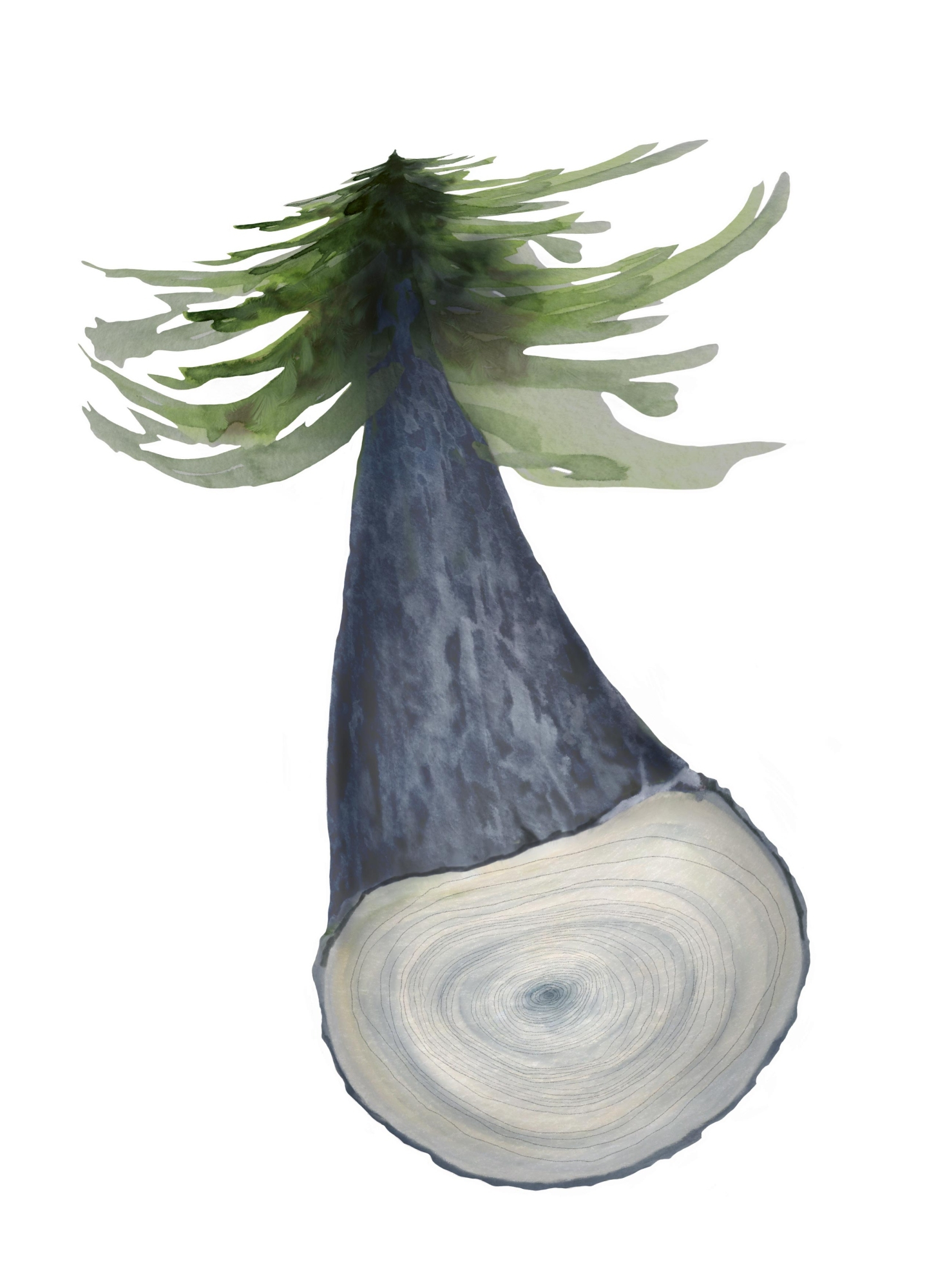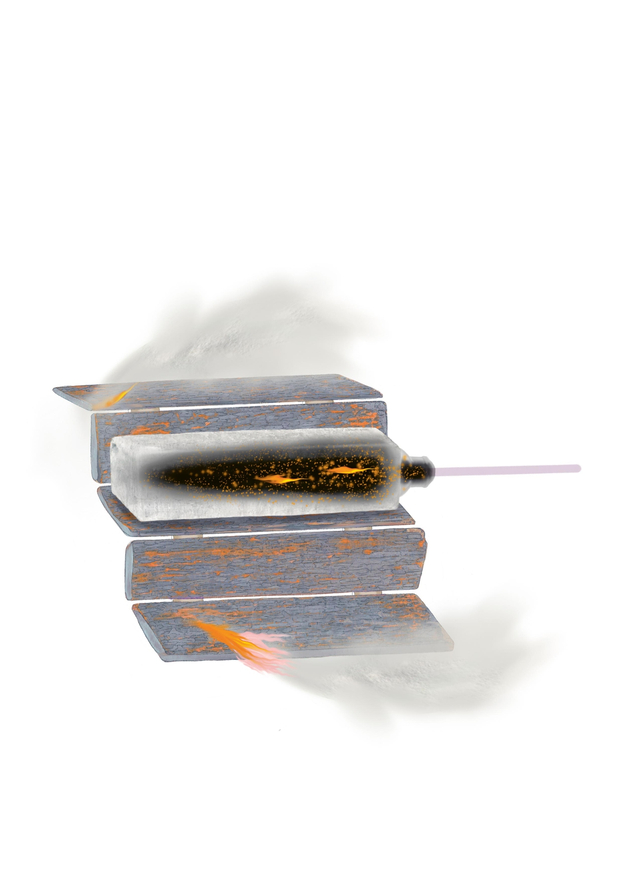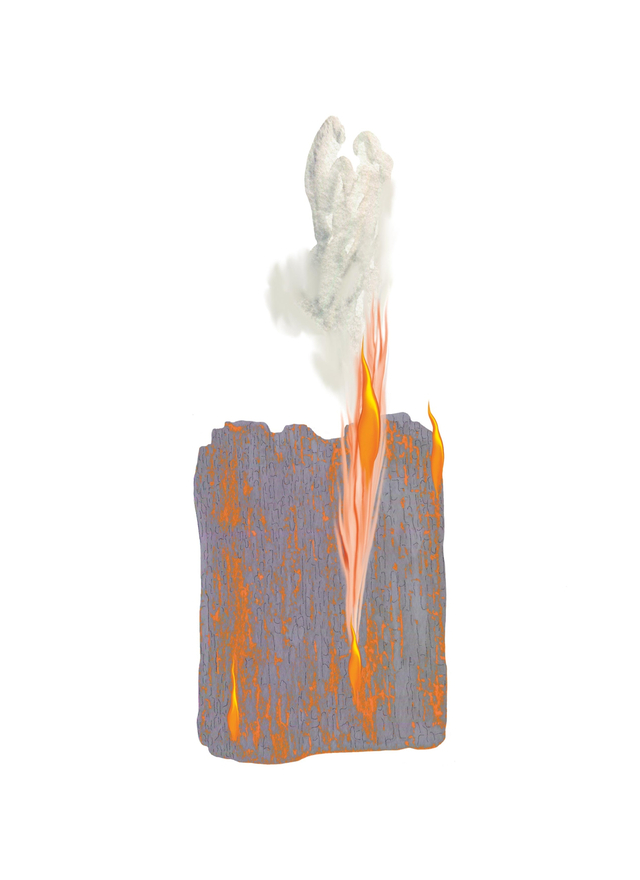Wooden Essence
By: Alexandra Anith Střelcová
Photo: Tereza Ščerbová
The oldest use of Yakisugi
The five-storey pagoda of Japan’s Hōryū-ji Temple prides itself in being one of the oldest wooden buildings in the world. Dating back to the 7th century AD, it was constructed using yakisugi, an ancient method that consists in preserving wood by, quite paradoxically, charring it with fire.
Renaissance of the ancient technique
Rooted in traditional vernacular practices of western Japan, the yakisugi technique has recently experienced somewhat of a renaissance in contemporary architecture and design. Praised for its extraordinary characteristics, the process involves torching wood – typically cedar or cypress – using an open flame to create a layer of charred carbon on the surface. This not only adds a unique aesthetics to the timber but also enhances its resistance to fire, insects, and decay. Additionally, it requires minimal maintenance, making it a durable and sustainable choice for building materials.

New approach by Lasvit
In contrast to tradition, Lasvit’s Yakisugi collection uses spruce for its moulds, rich in distinctive resin. By using dry wood instead of standard pre-soaked moulds, the wood is charred by molten glass. The more sap it emits, the more distinct the imprint left in the glass, as the wooden texture is scorched through. This process leaves a permanent imprint of its texture on the glass surface, making each piece a unique original. These slight modifications to the centuries-old method result in a modern, minimalistic collection that combines simple geometric forms with an organic finish.
Maximizing method
As the inner part of the wooden mould is literally set on fire, the glass must be physically torn out of the mould to obtain the final product. This method allows for a maximum of five pieces to be blown into a single mould, with the only indication being the presence of knots.

Finishing touches
The finishing touches require a special technique as well. To remove the remaining pieces of wood from the mould, the glass is initially smoothed using a special wooden plaque and then coated with a reed broom. Any rough edges are further refined through the sanding process.
One-of-a-kind design
The result is a truly one-of-a-kind collection of hand-blown glass objects consisting of transparent prismatic light fixtures, textured vases, and a set of beverage glasses. “The Yakisugi collection should be a memento of the forest in people’s everyday life,” says Kengo Kuma, whose collaboration with Lasvit encompasses architecture and furniture design besides glass works. By adapting the ancient technique to contemporary design, the legendary architect has captured the essence of wood in each piece.


